Several times a month we’ll be asking a leading expert to take a look at the world of rum, the global market, with a focus on a particular country or region. We start with the pope of rum geeks and his homeland, the USA.
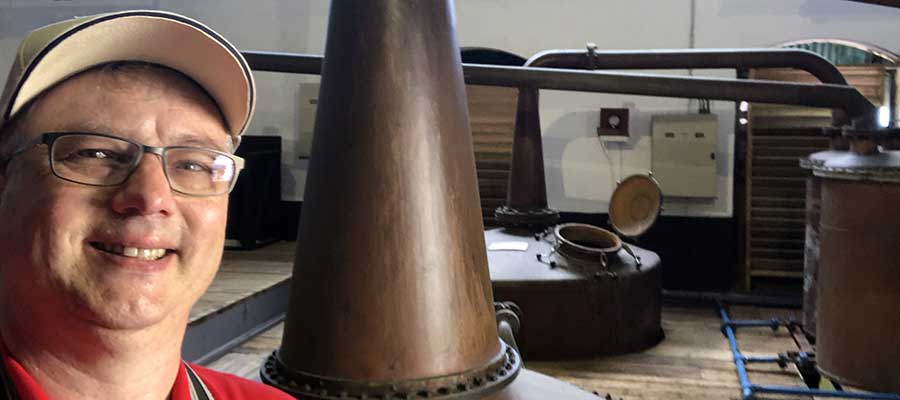
What are the biggest challenges facing rum producers today (worldwide) ?
Where do I start? Putting aside sales-side challenges, one issue that consistently arises is the quality and pricing of sugarcane and molasses. Most of a typical distillery’s operational costs are derived from its source material, such as molasses. Global warming has significantly impacted the sugar industry, with yields declining in many regions.
Modern sugar factories are so efficient that the resulting molasses is low in fermentable sugars and high in other compounds that make fermentation and distillation more challenging. Add to that increased competition for molasses from other industries, such as biofuel and animal feed, and you get lower quality and higher prices.
Another area unknown to most enthusiasts is waste processing and associated environmental mitigations. Doing it properly is very expensive and subject to breaking down. You may have recently heard about several distilleries operating at less than full capacity because they can’t process their waste products fast enough. Naturally, there are many other challenges for producers, but these two challenges are top of mind for the people making the rum.
What is the role of social media in elevating rum?
Rum faces several elevation challenges, but none bigger than trying to simultaneously elevate many different sugarcane spirits rather than just “rum.” Consider how Bourbon and Scotch whisky have achieved their premium perception. Both are one spirit made in one country. Well-funded producers collectively worked through organizations such as the Scotch Whisky Association and the Kentucky Distillers’ Association to make it happen. This can’t really happen in the rum world; producers are spread across many countries and make different spirits.
Cuban ron is not Jamaica rum. Demerara rum is not Martinique AOC rhum. It doesn’t help that the big, corporate-owned rum brands seem to consistently receive less marketing support than their stablemates in other categories, such as whiskey. Since the brands seem hamstrung in elevating rum as a category, enthusiasts have taken matters into their own hands. They educate their friends and bartenders about premium rum to help grow demand, which hopefully results in more offerings becoming available in more markets.
Social media can be an effective one-to-many tool for spreading awareness of great rums, especially those that aren’t available in your market. Here in the US, the many Florida Rum Society members have worked to convince retailers there’s an eager audience for exotic rums. And they’re getting them! I’d like to see it happen in more states.
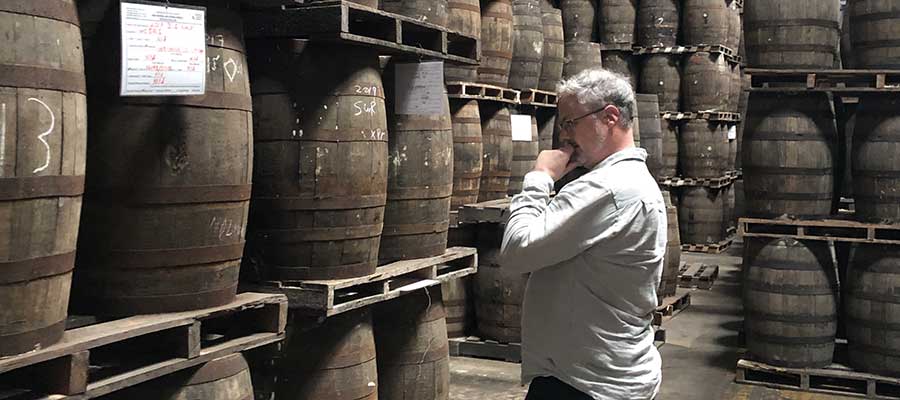
Where do we stand in terms of demand for transparency ?
Transparency is a loaded word; it’s effectively synonymous with additives for many vocal people. I prefer my rums to be dry, but the use of additives is not as black and white as many think, especially for people whose perceptions were shaped by the bourbon and Scotch whisky worlds. Additives like sweet wines and extracts were once common across all spirit categories. Some single-country spirits have decided to do away with additives, while others continue to make spirits that their customers have long enjoyed.
In reality, every producer’s use of additives falls somewhere on a spectrum. Some “old guard” producers may keep doing what they’ve done for eons, while new producers may intentionally create artificially flavored products because they think it’s what their customers want. I have much more tolerance for the former than the latter. A few producers have taken the lead to share information about additives.
I wish more producers would follow their lead and also use consistent terminology and measurement units. Informed education in this area is crucial. As for Tequila’s CRT, I don’t have a stake in the outcome, but I do watch it with interest. It seems to be a lesson in “be careful what you wish for.” When producers create a governing body to define and enforce labeling requirements, they may later find themselves at odds with the body’s decisions. For rum makers seeking to establish a GI without consensus among all key stakeholders, the current status of the CRT controversy might give them pause. Current agreements may not survive the test of time.
What do you think about the struggles around the GIs in Barbados and Jamaica?
Both Jamaica and Barbados have rum-making legacies worth protecting. I’d like to see both adopt a GI that is fair to all parties. Putting aside all the passionate rhetoric in the public sphere, GIs are fundamentally a business agreement between producers, which the government codifies. Governments have a say because a GI’s terms can influence tax revenues and foreign exchange. Being able to legally call a product “Jamaica rum” or “Barbados rum” has value to those country’s rum makers.
Naturally, no producer will agree to GI terms that include provisions negatively impacting their sales and production practices. Follow the money, as always. GIs should protect a region’s producers from imitators profiting from the region’s good reputation, which was created over many years. GIs shouldn’t be used to gain an advantage over their neighboring producers with different business models or production methods.
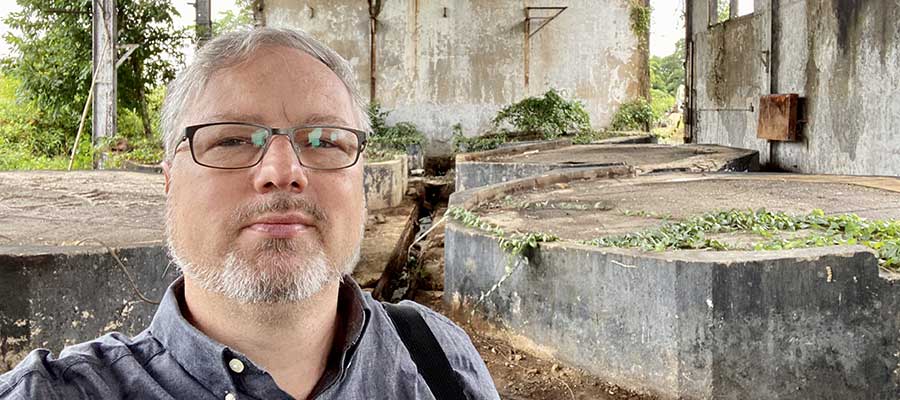
What kind of rum do American people drink?
The honest answer, like everywhere else, is whatever is readily available and inexpensive. But because of the US rum “cover-over,” Puerto Rican and the US Virgin Islands rum makers can sell at prices that rum made elsewhere can’t compete with. If we limit the question to premium rums, there is no clear stylistic preference.
Unlike French, Spanish, and British consumers who favor rums from regions they’ve long been associated with, premium rum consumers in the US have a diverse palate. Drinkers coming from bourbon tend to favor aging-forward rums, like those from Barbados, which is known for this style.
Those into tropical cocktails typically favor bold British heritage styles, such as those from Jamaica, Guyana, and St. Lucia. Agave aficionados often prefer unaged cane juice spirits. Unfortunately, due to the idiotic 3-Tier alcohol system in the US, small US rum producers have a huge challenge getting into more than a few markets outside of their home state. The same distribution challenges exist for American independent bottlers who import rum.
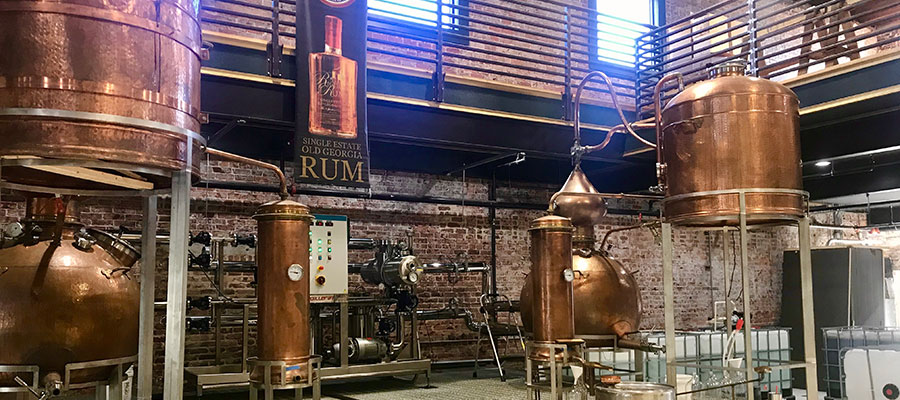
Is it a big market for rum?
A significant amount of rum is consumed in the US, but as noted above, the vast majority of it is inexpensive, light rum. The market for premium rum heavily depends on where you can buy it.
With mail-order restrictions in many states, people who don’t live near large urban areas can’t get many high-end rums. If the US were to reform its antiquated multi-tier system, it would dramatically help the adoption of premium rum. Or at least I hope it would!
Would you say that knowledge of rum is progressing in the USA?
It is, but slower than I hoped. We have a much greater appreciation for premium rum than we did ten years ago, but it still feels like the US is several years behind Europe in terms of rum lovers per capita. We have a few rum festivals in the US, but they are significantly smaller than the large rum festivals in Europe, such as Paris Rhumfest.
We don’t know many American brands. Which ones do you think are the best?
I must first say that “American rum” is not a style in the same way that Jamaican rum or AOC Martinique is. There’s no unifying thread in American rum other than it’s made in America. I must also note that Bacardi, Don Q, and Cruzan are all American rum. They dominate a market of much smaller producers.
It is helpful to understand that many American distilleries produce rum alongside whiskey, gin, and vodka. Relatively few American distilleries focus exclusively on rum, and to my knowledge, none are big enough to use a continuous still. (The big distilleries in Puerto Rico and USVI are the obvious exception.) Among the names often cited by enthusiasts are Privateer, Montanya, and Richland.
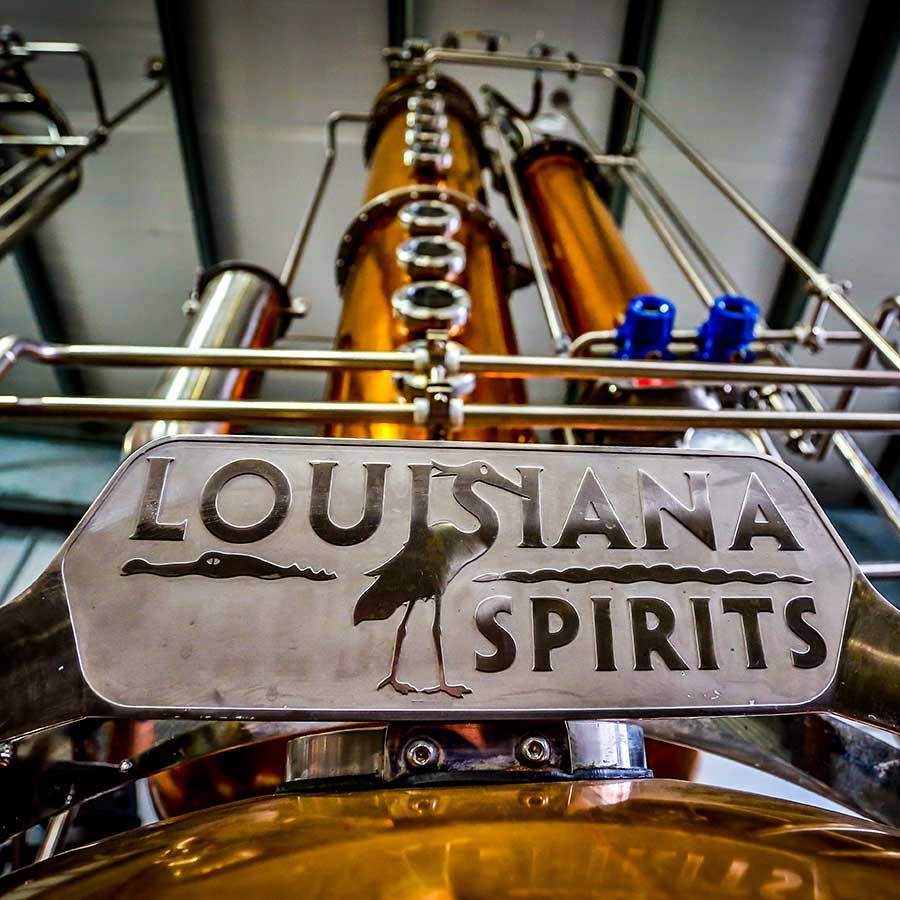
Privateer is particularly popular among people who love Barbados rum. Hawaii has several cane juice rum makers; Kō Hana gets particular attention for its single cane varietal releases. Louisiana, where I reside, is now the largest sugarcane-producing state in the United States. We’re blessed with several rum-focused distilleries using locally sourced molasses and cane juice.
Among the distilleries using local cane juice for some or all of their rums are Oxbow, Porchjam (Cheramie Rum), Roulaison, and Sugarfield Spirits. Bayou Rum is somewhat available outside of the US and uses local Louisiana molasses.
We’ve noticed that sugar cane production is declining in various parts of the world, including the French West Indies, Réunion, and Cuba. I wanted to know if you had noticed the same thing in the Caricom-WIRSPA area.
I would argue that, given the many challenges, I’m surprised that sugarcane agriculture has managed to stay afloat in so many Caribbean locales. Many WIRSPA member countries saw their sugarcane agriculture dwindle decades ago due to financial and other challenges. Jamaica, Guyana, and Barbados all have significantly fewer operating sugar mills than they did 30 years ago and now import molasses to supplement what they grow locally. Trinidad imports all its molasses.
Some recent efforts by distilleries to grow their sugarcane are commendable but have been either small in scale or not economically viable. Of all the WIRSPA members, the Dominican Republic appears to be the most self-sufficient. Alcoholes Finos Dominicanos is a large distillery that is part-owned by Barcelo and uses all Dominican Republic sugarcane.
